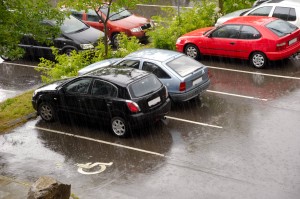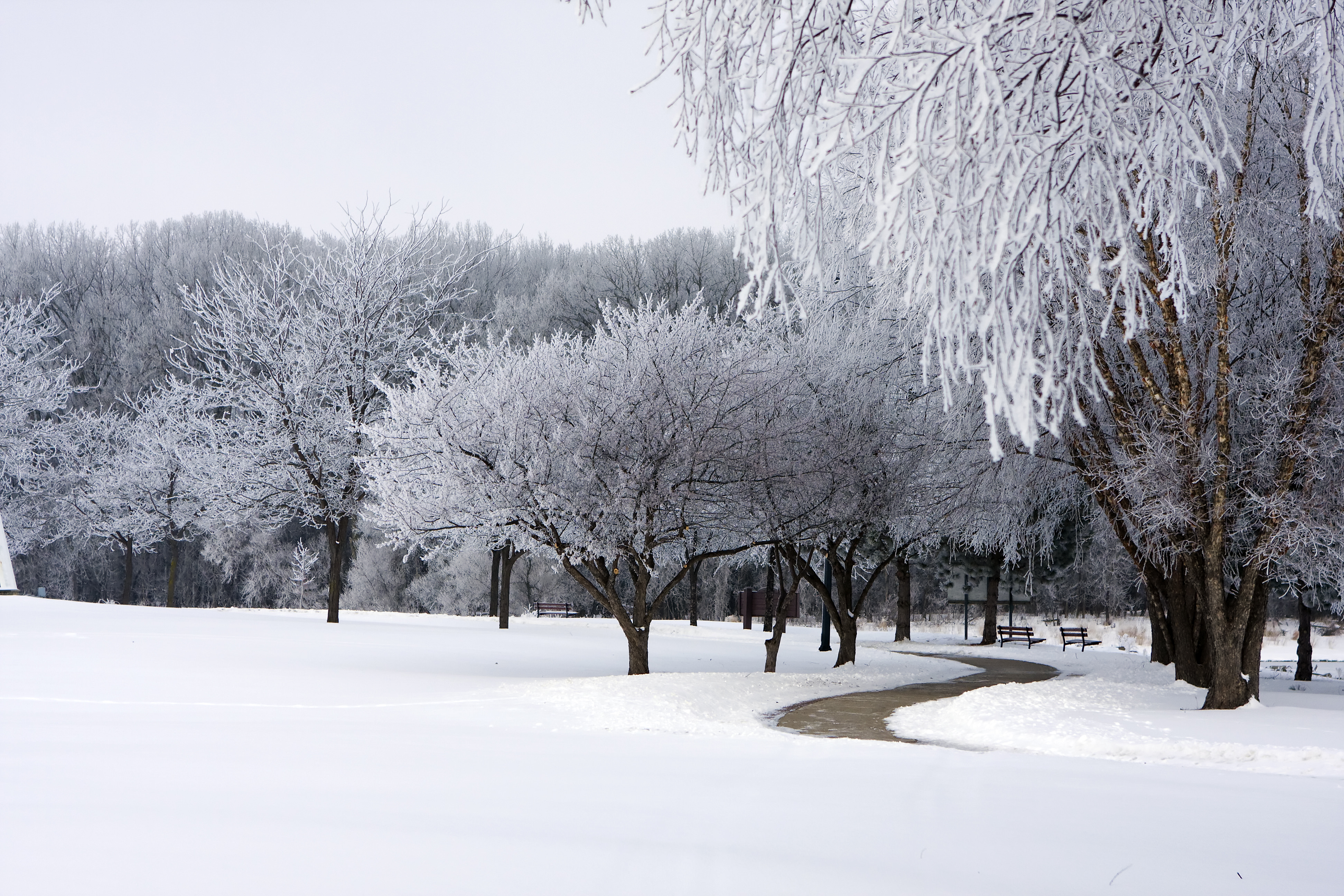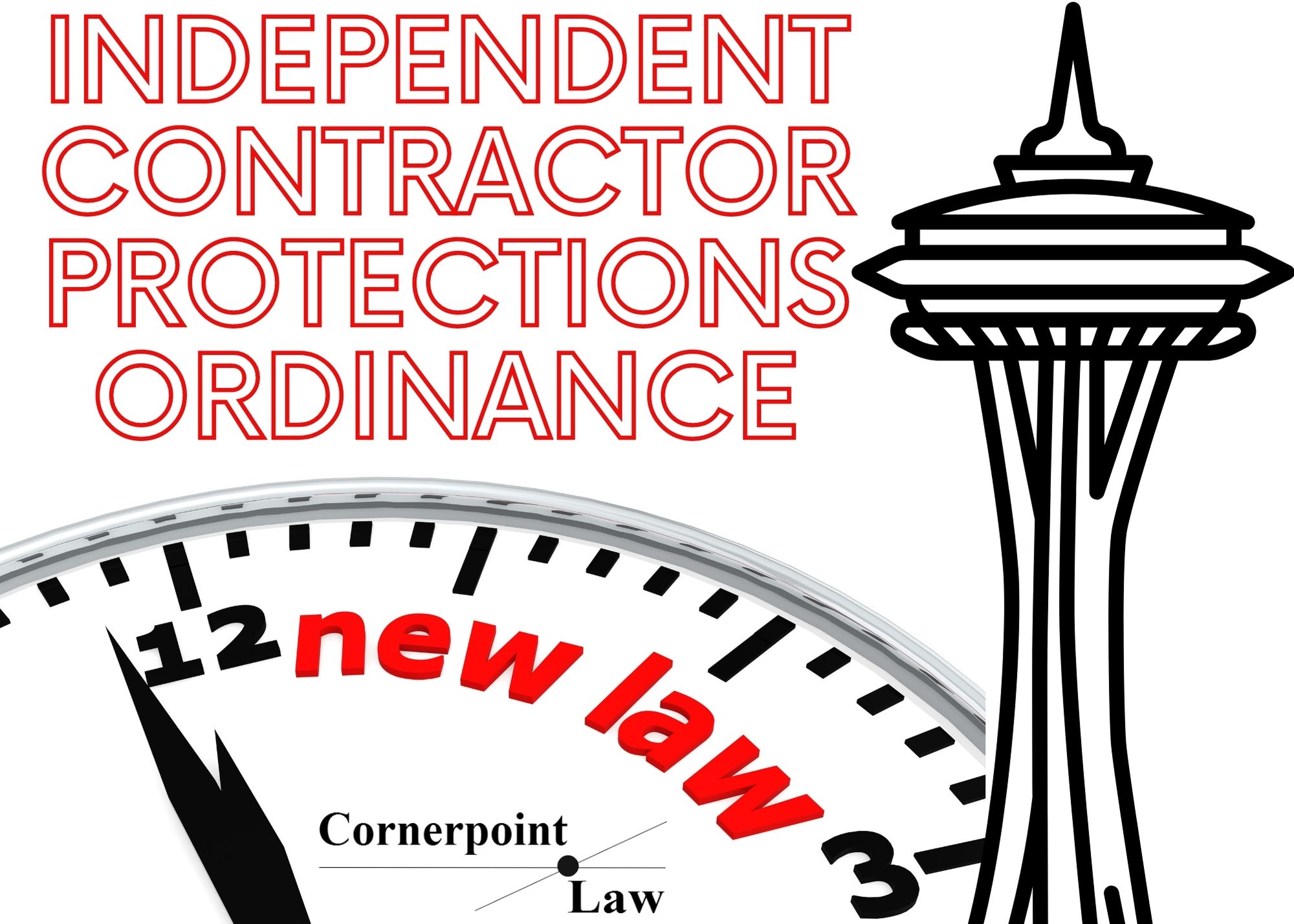Let It Snow: Premises Liability for Snow and Ice Accumulation
December 19, 2017
Unauthorized use and/or duplication of blogposts without express and written permission is strictly prohibited. Excerpts and links may be used, provided that full and clear credit is given, and with appropriate and specific direction to the original content.
The author of this post can be reached by phone at 206-693-2718 or by email.
Let It Snow: Premises Liability for Snow and Ice Accumulation
By Stacia Hofmann
When the weather outside is frightful, Washington businesses have a duty to control the accumulation of snow and ice at their premises in order to make passage reasonably safe for the public, customers, and commercial and residential tenants and their guests.1 Forget any argument that snow and ice are natural conditions – that defense has been rejected by the Washington Supreme Court. This is, in part, because today’s businesses have snow-clearing tools readily and relatively inexpensively available. In other words, although the accumulation may be natural, we don’t have to wait for nature to remove it. This blogpost discusses how Washington law determines liability for “slip and falls” on snow or ice at business premises, as well as risk management tips to help minimize the risks of injury and a subsequent lawsuit.
Reasonably Safe Premises Rule
If someone slips and falls on snow or ice on a business’s premises, then how is the business’s premises liability (the legal and financial responsibility for injuries resulting from trips and slips) determined? A finding of liability requires that:
- The business knew — or should have known — of the snow or ice, and that it posed an unreasonable risk of harm to those traversing it;
- The business knew — or should have known — that a person would not realize, or protect against, the danger caused by the snow or ice; and
- The business failed to reasonably protect the person from the danger posed by the snow or ice.
Rule 1 requires businesses to proactively inspect for dangerous conditions — including snow and ice — on their premises. Ignorance is not a defense, but the dangerous condition must have existed for enough time that the business could have discovered and prevented against the danger. Since snow and ice can accumulate and change conditions quickly, the business may not always have notice of the precise danger. As an alternative, the injured pedestrian may instead present evidence that the snow or ice caused a danger that was reasonably foreseeable – or predictable.
Rule 2 recognizes that although snow and ice on the ground can be obvious, people may not realize the resulting danger. A business is not relieved from premises liability just because the snow or ice is visible.
Rule 3 requires businesses to either remove the danger caused by the snow or ice, or warn of the danger, as may be reasonable under the circumstances.
It is a defense for the business if it can show that the injured pedestrian knew in advance that the snow or ice presented an obvious danger. This is particularly true if the pedestrian assumed the risk of falling. To show assumption of risk, a business may point to evidence that the person had a full and subjective understanding of the presence of snow or ice, and the nature of the specific risk of falling, and still voluntarily chose to traverse the snow or ice instead of choosing another reasonable option, like using a different route.
Occasionally, the judge may dismiss the case as nonmeritorious, but only when the evidence is undisputed and fully favors the defendant. Usually, the jury will decide what both the business and the pedestrian knew or should have known about the snow or ice accumulation, and whether the business is liable.
Learning By Example: It All Depends on the Facts
To get a sense of what constitutes reasonably safe premises in winter weather, as well as the scope of the injured pedestrian’s subjective knowledge, it is useful to turn to cases that have already been decided by Washington appellate courts. I’ve chosen four.

Iwai v. State, 129 Wn.2d 84, 915 P.2d 1089 (1996) – Washington Supreme Court
Weather and Ground Conditions
It snowed over seven inches in one day. The following two days, temperatures fluctuated from 28 to 36 degrees Fahrenheit. The parking lot had been plowed and was covered in ice and residual snow. No sand was applied.
Pedestrian’s Knowledge
The pedestrian knew before she fell that it was slippery and that the parking lot was icy. She was wearing snow boots when she slipped in the parking lot.
Business’s Knowledge
The business (in this case, the State Employment Security office) knew that the inclined section of the parking lot became a treacherous slippery slope during the winter months when covered with snow or ice.
The case was allowed to proceed to a jury, where the jury would weigh the evidence and determine premises liability.

Mucsi v. Graoch Ass’n Ltd. P’ship #12, 144 Wn.2d 847, 31 P.3d 684 (2001) – Washington Supreme Court
Weather and Ground Conditions
There had been significant snowfall, with snow on the ground for at least three days. The fall was near a clubhouse exit.
Pedestrian’s Knowledge
Before he exited the building, the pedestrian looked out the glass door and saw snow and ice on the walkway.
Business’s Knowledge
The business (a residential landlord) had only cleared main walkways in the common areas. It had made no attempt to clear the snow on lesser-used common walkways.
The case was allowed to proceed to a jury, where the jury would weigh the evidence and determine premises liability.

Hvolboll v. The Wolf Co., 187 Wn. App. 37, 347 P.3d 476 (2015) – Washington Court of Appeals (Published in Part)
Weather and Ground Conditions
It had snowed roughly six feet in the previous month, followed by more snowfall, and then five days of no snow. The pedestrian fell while crossing over a residual berm of snow and ice located between a relatively clear sidewalk and roadway. The relatively clear sidewalk also led to the intended destination.
Pedestrian’s Knowledge
The pedestrian knew it was slippery outside, and was on his way to complain to building management about inadequate snow removal. He had crossed the berm before. He was wearing slip-resistant shoes.
Business’s Knowledge
The business (a residential landlord) had cleared the sidewalks and roadway, although the adequacy of those efforts was in dispute.
The case was dismissed and not allowed to proceed to a jury because of the pedestrian’s subjective knowledge of the danger of slipping and falling and his choice to voluntarily encounter that danger.

McElyea v. Wal-Mart Stores, Inc., No. 66361-5-I, (2011) – Washington Court of Appeals (Unpublished)
Weather and Ground Conditions
The area was experiencing abnormally cold temperatures and snow had fallen earlier in the week.
Pedestrian’s Knowledge
The pedestrian chose to walk through the parking lot instead of on a pedestrian walkway. She did not identify the dangerous condition that caused her to fall.
Business’s Knowledge
The business (Wal-Mart) plowed, de-iced, and sanded the parking lot the day before the fall, but some compacted snow and ice remained. Video surveillance of the parking lot showed people walking and cars traveling at normal speeds.
The case was dismissed and not allowed to proceed to a jury because the pedestrian could not point to a dangerous condition.
If you think that the above cases all sound similar, you’re right. In each, the pedestrian knew of the weather conditions, and the business had made at least some effort to remove snow and make the premises safe. The devil is usually in the details, and it is the jury’s — not the judge’s — job to decide those factual details.
Risk Management Tips for Snow and Ice Accumulation
You can’t control the weather, but if you own a Washington business, you can (and must) control the accumulation of snow and ice at your premises. Some locations that deserve special attention are:
:arrow: Parking lots
:arrow: Entrances and exits
:arrow: Walkways and sidewalks
:arrow: Ramps and other slopes
:arrow: Stairs
:arrow: Shaded areas
 To minimize the risk of a slip and fall, businesses and landlords should have – and follow – written policies and procedures for snow removal and treatment. In order to avoid creating a condition that is more dangerous than the original condition, snow removal and treatment efforts need to be taken with due care.
To minimize the risk of a slip and fall, businesses and landlords should have – and follow – written policies and procedures for snow removal and treatment. In order to avoid creating a condition that is more dangerous than the original condition, snow removal and treatment efforts need to be taken with due care.
Even with excellent snow removal procedures, accidents may still occur. Therefore, in conjunction with other risk management techniques such as employee training and contractual indemnification, it is also important to have premises liability insurance coverage through a Commercial General Liability or Businessowners policy. Let it snow!
This blog is for informational purposes only and is not guaranteed to be correct, complete, or current. The statements on this blog are not intended to be legal advice, should not be relied upon as legal advice, and do not create an attorney-client relationship. If you have a legal question, have filed or are considering filing a lawsuit, have been sued, or have been charged with a crime, you should consult an attorney. Furthermore, statements within original blogpost articles constitute Stacia Hofmann’s opinion, and should not be construed as the opinion of any other person. Judges and other attorneys may disagree with her opinion, and laws change frequently. Neither Stacia Hofmann nor Cornerpoint Law is responsible for the content of any comments posted by visitors. Responsibility for the content of comments belongs to the commenter alone.
- A different standard of liability usually applies for homeowners and is not discussed here. ↩




